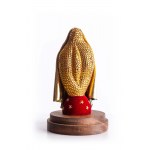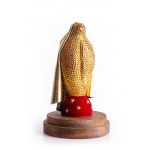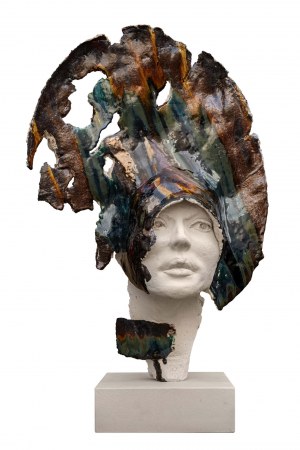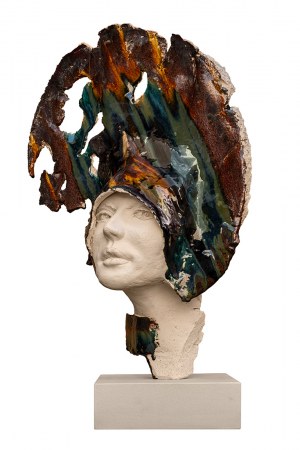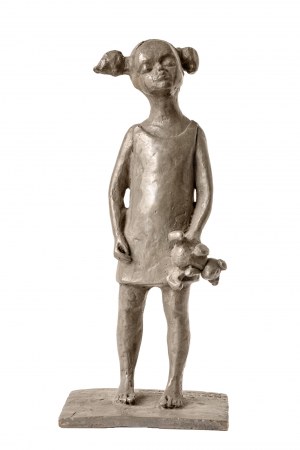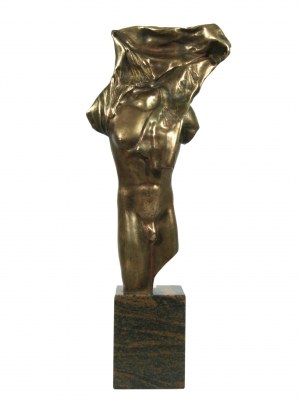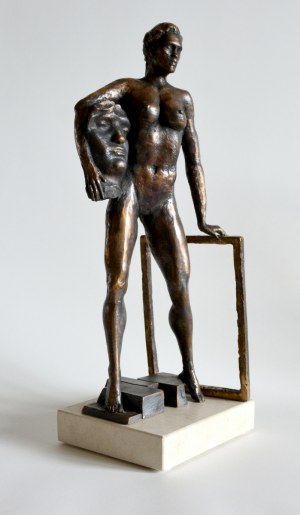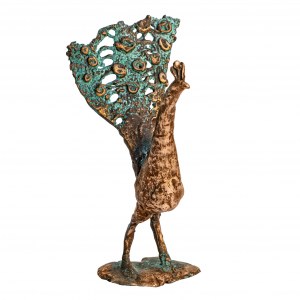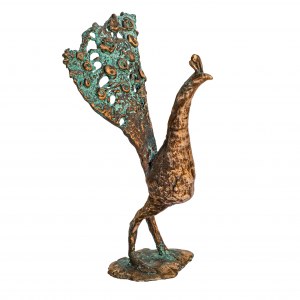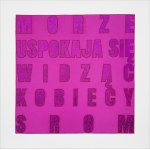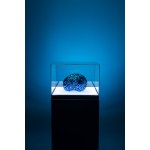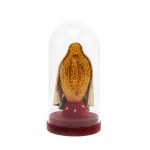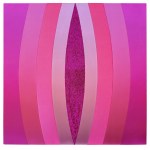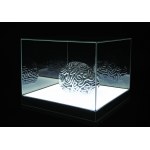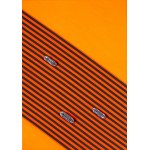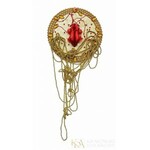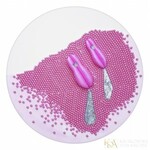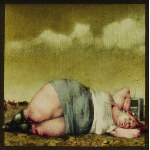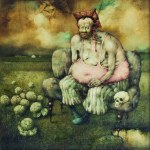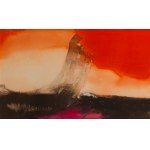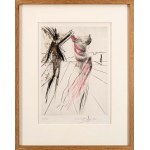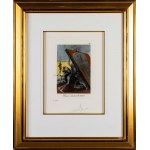wood, plaster, fabric, glass; 20 x 10.5 x 10.5 cm
Signature dates and described on the bottom: , "Moist Lady" / miniature/ Ed. 12/100/ 2023/ Iwona/ Demko
Ed. 11/100
Iwona Demko, one of the most expressive figures of the Polish art scene. Since 2008 she has been a research and teaching employee of the Academy of Fine Arts in Cracow. In 2012 she received a doctorate of fine arts in the artistic discipline "fine arts". In 2016, she received the degree of Doctor of Fine Arts. To date, she has participated in more than 160 exhibitions at home and abroad. She has presented her works at, among others, the National Museum in Poznań, the Center for Contemporary Art "Łaźnia" in Gdańsk, the Center for Polish Sculpture in Orońsko and the Museum of Contemporary Art in Krakow. Curator of feminist exhibitions. Initiator and organizer of the "Year of Women with ASP". Scholarship holder of the Minister of Culture and National Heritage for the continuation of research on the first female students of the Academy of Fine Arts in Cracow. Creates objects, installations, site-specific works, videos, works in the Internet space.
For the first time, a procession featuring the sculpture of the Moist Lady was held in 2014 as part of Iwona Demko's solo exhibition at the Pastula Contemporary Art Gallery in Poreby Kupienskie. On August 17, 2022, surrounded by a dozen people, the sculpture was brought to Mount Sleza. Meanwhile, on August 31, 2022, the Moist Lady was ceremoniously brought to the Gallery of the Dramatic Theater in Warsaw. The sculpture symbolizes Mokosha - the Slavic goddess of fertility, abundance, fertility, and sensuality. The name Mokosha is derived from the Proto-Slavic stem 'mok-', associated with the terms moist, wet. It was also combined with the Sanskrit root 'makhá-', meaning noble, rich. Mokosha, known as the moist Mother Earth, was the goddess of weaving, fertility, fertility, sexuality and material prosperity. She was the protector of women. Peasants worshipped Mother Earth, also known as Holy Earth and Mother Moist Earth. She was believed to be a living being with consciousness and individual qualities. She was considered the giver and bearer of all life, fertility, health and wealth. Majka Zemlja, according to written sources - the Mother Goddess - was worshipped until 988. Later, the worship of the goddess was replaced by Marian worship, which explains the popularity of Mary-mother in Slavic Christianity. The form of the sculpture was inspired by representations of a Mesolithic quartz sandstone vulva (Lepenski Vir, 6300-5900 BC, eastern Serbia, now in the National Museum in Belgrade) and a bone amulet from Zaire of the Bashi people of Kivru, combined with a cape alluding to Marian worship. The intent of the happenings was to celebrate femininity, to heal the wound of patriarchal control of female sexuality in the area of collective consciousness, cultural, social.
Recently viewed
Please log in to see lots list
Favourites
Please log in to see lots list




